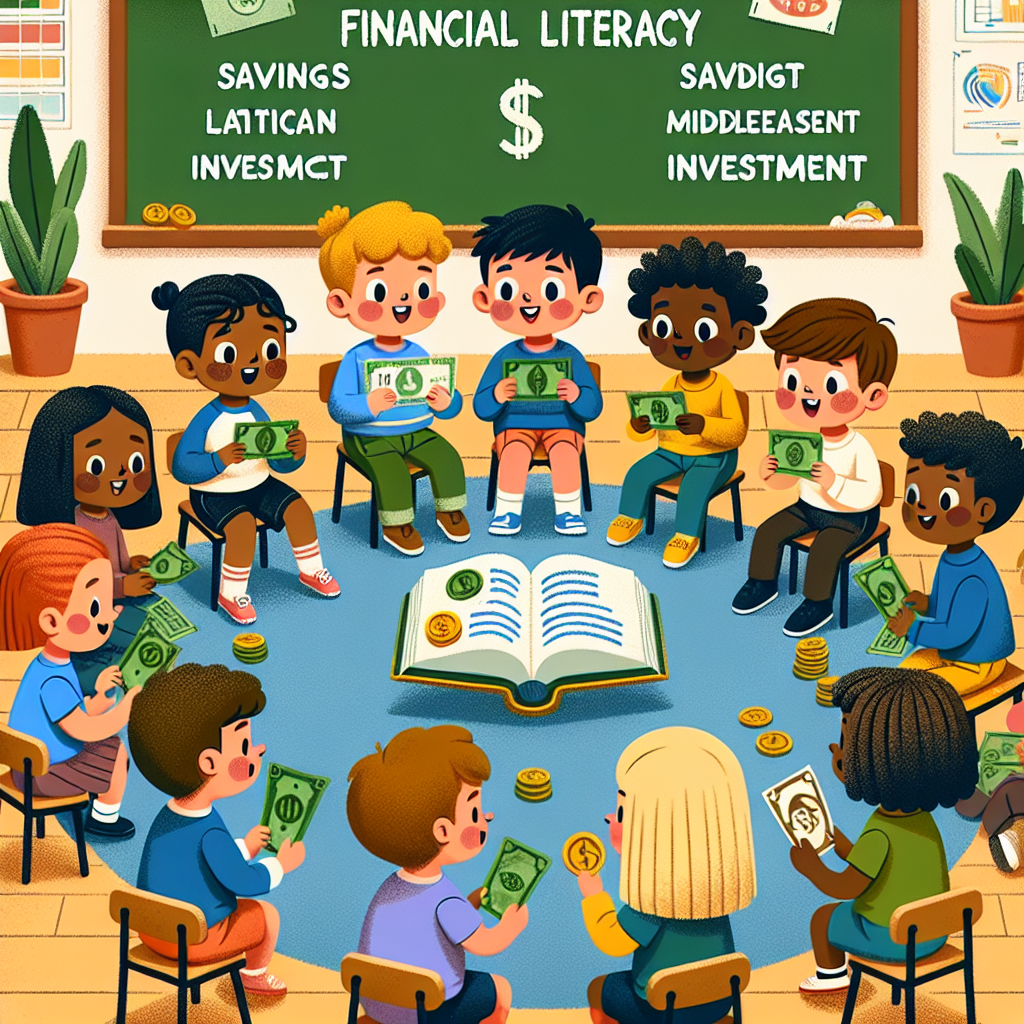In an increasingly complex financial world, instilling good money habits in children from an early age is essential. Financial literacy is not just about saving and spending; it encompasses a broad array of skills that prepare kids for a financially secure future. This article will explore effective strategies and practices for teaching financial literacy to children, enabling them to build a solid foundation for wealth management.
Why Financial Literacy is Important for Kids
The Importance of Early Financial Education
Financial literacy equips children with the tools they need to make informed decisions as they grow. Understanding the value of money, budgeting, and the consequences of spending can help them navigate their financial futures with confidence. Studies show that children who learn about money management early are more likely to make sound financial decisions as adults.
Building Confidence and Responsibility
Teaching kids about money cultivates a sense of responsibility and helps them develop healthy financial habits. When children understand how to manage money effectively, they gain confidence in their ability to handle financial challenges in adulthood, such as student loans, mortgages, and retirement planning.
Fun Ways to Teach Kids About Money
Use Real-Life Scenarios
One of the most effective ways to teach financial literacy is through real-life experiences. Let children participate in household budgeting and shopping. Explain how you select items based on quality and price, and encourage them to compare prices to find the best deals. This hands-on approach will make them more likely to retain the information.
Introduce the Concept of Saving Early
Start discussing the concept of saving from a young age. Use a piggy bank or open a savings account to visualize savings’ growth. Setting a specific savings goal—like a new toy or game—will help emphasize the value of savings. Showing them how saving for something important leads to achievement can instill a lifelong habit of saving.
Make Learning Interactive with Games and Apps
Financial literacy doesn’t have to be boring! There are numerous games and apps designed to teach kids about money management in a fun way. Look for board games like "Monopoly" or online apps such as "PiggyBot," which are designed to introduce kids to budgeting, saving, and spending while keeping them engaged.
Essential Money Concepts for Kids to Learn
The Value of Money
Kids need to understand where money comes from and how it’s earned. Explain concepts like work, earning an allowance, and the exchange of money for goods and services. Discussing the value of money will help them appreciate its importance and avoid reckless spending.
Budgeting Basics
Introduce the concept of budgeting by having kids plan out how to allocate their allowance or earnings from chores. Teach them to categorize expenses into needs and wants. This foundational budgeting practice lays the groundwork for responsible spending and financial planning.
Understanding Needs vs. Wants
Teaching children to distinguish between needs and wants is critical for developing sound financial judgment. Encourage discussions about why certain items are categorized as necessities (like food and clothing) versus luxuries (like toys and treats). This knowledge will assist in prioritizing spending as they grow older.
The Importance of Giving Back
Teach kids the importance of generosity and charity. Discuss how allocating a portion of their money for charitable giving can positively impact their communities. Engaging children in discussions about philanthropy can foster empathy and reinforce the notion that money can be used to make a difference beyond personal gain.
Tips for Parents on Teaching Financial Literacy
Start Early and Keep it Age-Appropriate
When teaching kids about money, it’s important to start early and tailor lessons to their age. Younger children can grasp basic concepts like saving and spending, while older kids can delve into topics such as investing and credit. Age-appropriate discussions will keep them engaged and encourage open dialogue.
Be a Role Model
Children observe their parents’ financial habits. Set an example by demonstrating good financial practices, such as budgeting, saving, and responsible spending. When parents model good behavior, children are more likely to adopt similar habits.
Encourage Questions and Discussions
Create an open environment where kids feel comfortable asking questions about money. Engage in regular discussions about financial topics, making it a normal part of family life. This openness encourages learning and helps dispel any misconceptions about money.
Conclusion
Teaching children about financial literacy is an investment in their future. By starting early and employing fun and engaging methods, parents can help their children develop essential skills for managing money effectively. The knowledge gained will serve not just for their upcoming financial experiences but will also contribute to their overall development as responsible, knowledgeable adults.

